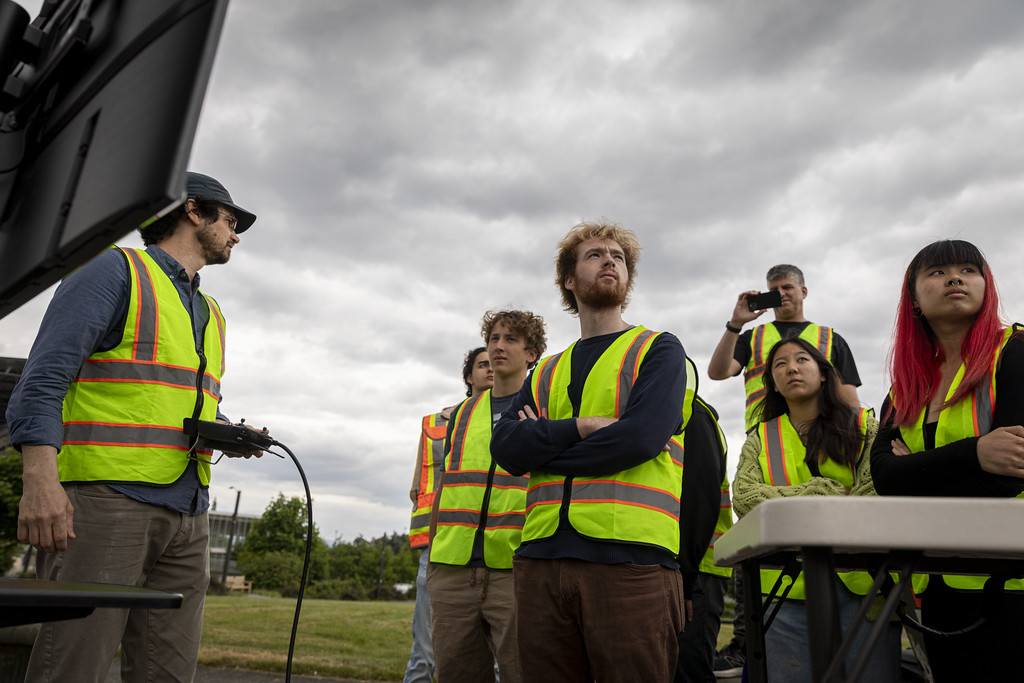
This pathway is a strong fit for students who:
- Have a strong desire to help others and make a difference in times of crisis.
- Are drawn to the challenge of strategic planning and logistics in unpredictable situations.
- Find satisfaction in reducing disaster risks and building more resilient communities.
- Believe in the importance of equitable use of technology for social good.
- Wish to apply their skills to better prevent and manage disasters in the era of climate change.
Example Occupations and Common Fields
Example occupations:
- Emergency Management Specialist
- Disaster Recovery Planner
- Humanitarian Logistics Coordinator
- Crisis Response Analyst
- Disaster Risk Reduction Specialist
- Emergency Services Operations Manager
- Disaster Relief Supply Chain Manager
- Emergency Preparedness Consultant
- Relief Operations Project Manager
- Public Health Emergency Planner
Common fields:
- Government agencies
- Non-governmental organizations
- United Nations agencies
- Consulting firms
- Cybersecurity firms
- Healthcare organizations
- International development agencies
- Logistics companies
- Technology Companies
- Insurance Companies
Courses and Experiences
- IND E 310: Linear and Network Programming
- IND E 311: Stochastic Models and Decision Analysis
- IND E 315: Probability and Statistics for Engineers
- IND E 316: Design of Experiments
- IND E 321: Statistical Quality Control
- IND E 338: Simulation
- IND E 412: Integer and Dynamic Programming
- IND E 426: Reliability Engineering and System Safety
- IND E 427: Data Analytics for Systems Engineering
- IND E 470: Systems Engineering
- IND E 571: Humanitarian Logistics
- IND E 499: Research/Independent Study w/ John Choe
Frequently Asked Questions
Do I need a graduate degree specializing in this area to be marketable to the field?
No, this field often values a combination of educational background, hands-on experience in crisis management, and soft skills like adaptability and problem-solving. A graduate degree can deepen your understanding and prepare you for leadership roles, but field experience is also highly beneficial.
What are some examples of real-world areas of application?
Applications of the Disaster Relief Pathway include:
- Emergency Logistics: Coordinating the rapid deployment of essential goods and personnel to affected areas.
- Risk Assessment: Analyzing potential threats and vulnerabilities in various regions.
- Community Resilience Building: Creating strategies to strengthen communities against future disasters.
- Disaster Response Strategy: Formulating and executing plans for immediate action post-disaster.
- Data-Driven Relief: Using data analytics to predict, prepare for, and respond to crises more effectively.
Does this pathway touch on global impact, equity and/or quality of life?
Unquestionably. Disaster preparedness and relief have profound global impacts, as natural disasters and crises know no boundaries. By optimizing aid delivery and disaster response, we ensure that help reaches the most vulnerable equitably. This pathway directly contributes to improving the quality of life by minimizing the adverse effects of disasters, aiding swift recovery, and reinforcing community resilience against future challenges.
From Classroom to Career: Alumni Spotlight
See how our remarkable alumni are using their ISE degrees in this field.
SECTION COMING SOON!

Alum name
title, company
Short bio.

Alum name
title, company
Short bio.

Alum name
title, company
Short bio.
Disaster Data Science Lab
The Disaster Data Science Lab, led by Assistant Professor John Choe, is a group of data scientists and trainees who research how to leverage data to help others before, during, and after disasters.